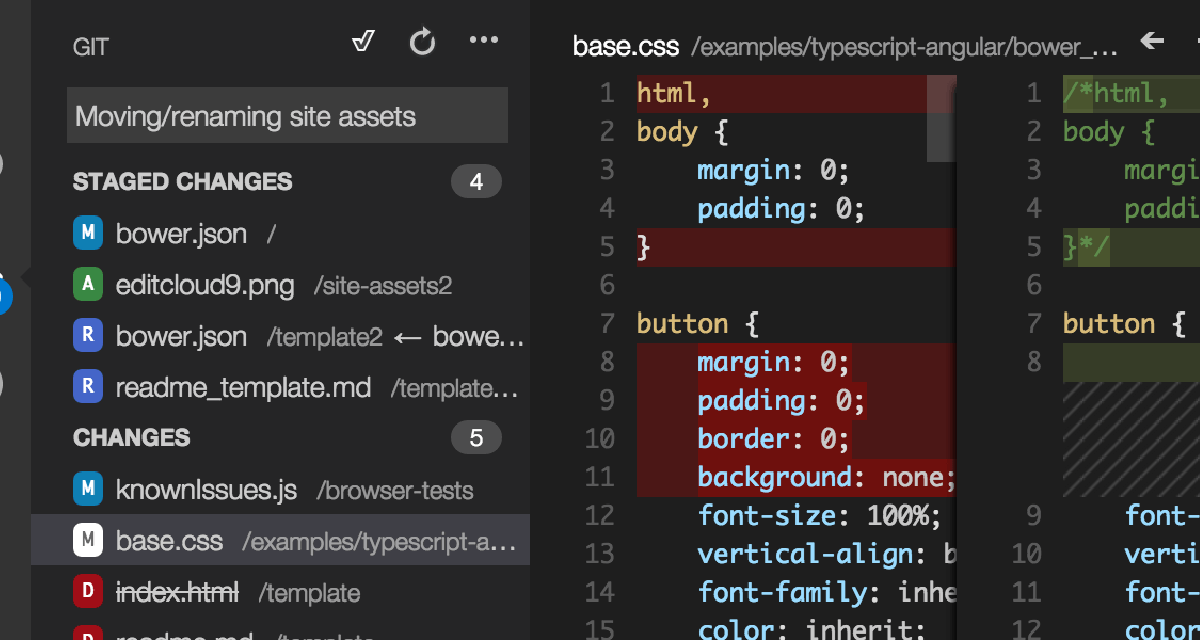dominoGuru.com
Your Development & Design Resource
IBM Lotus Connections 2.5 from IBM Press: Review and Giveaway
03/15/2010 01:30 PM by Chris Toohey
IBM Lotus Connections 2.5: Planning and Implementing Social
Software for Your Enterprise from IBM Press states it's the first book
to cover the newest version of the breakthrough product from IBM: Lotus
Connections 2.5. The authors -- an eight-member team of IBM Lotus
Connections experts -- look to cover not only the Connections product but also
give you an understanding of social networking in the workplace.
A foreword from John C. P. Allessio (Vice President, WW Software Services, Lotus Collaboration and WebSphere Portal Software) that discusses the fundamental ideas behind Lotus Connections (and social networking as a whole) at IBM creates a nice transition to the first chapter...
Chapter 1: Social Networking Concepts
This chapter kicks off with a definition of social software, social networking, and all of the other now common IT professional vocabulary words that you'll need to understand the goal of IBM Lotus Connections: bringing the power of social networking into the organization.
Understanding its target audience is technical and will eventually have to explain this to non-technical (read: pointy-haired) decision makers, this chapter discusses the value to the organization, and the value to the individual. It also outlines (in great detail) the enablers and blockers, corporate culture and social networking, and finally the need to understand your organization to ensure that social software will succeed and enable.
We conclude with an Organizational Culture Inventory, which you can use (with slight revision) for corporate culture discovery specific to social software adoption.
Chapter 2: Introducing Lotus Connections 2.5
This chapter establishes IBM Lotus Connections as a fully-integrated Software Suite of social networking tools and services, and outlines both the module products and the inherent services and capabilities of the platform.
Here they briefly outline IBM Lotus Connections Profiles, Blogs, Communities, Bookmarks, Activities, Files, Wikis, customized Home Pages, federated Searches, the deployment and client environments, and more.
The rest of the chapter is a deep-dive into each module of Connections: Profiles, Blogs, Communities, et al. Excellent information for those new to the product.
Chapter 3: Lotus Connections Architecture
This chapter gives an excellent overview of the standard IBM Lotus Connections environment, so no big surprises here. The authors cover Tivoli Directory Integrator, and we're given an idea as to why you can't change your registered email address on IBM Lotus Greenhouse: the Globally Unique Identifier is nonmutable, or at least the architecture hinges on that GUID not changing.
We cover a lot here, specifically in the Back-End Data Services section, and addresses many of the questions I had about the Lotus Connections product.
The chapter continues as it covers Pilot Deployment scenarios, the SOA Architecture of IBM Lotus Connections, to IBM Lotus Quickr integration.
Some great content here!
Chapter 4: Deployment Planning
You got Project Management in my Connections book...
This chapter is a must-have for anyone that's actually planning a Lotus Connections deployment. It gives you the questions you'll need to ask (and answer) for a successful deployment. It outlines governance needs, communications, and training planning. It discusses detailed deployment architectures, environments, services integration, and more.
Analytics planning is also covered at length (you need to tell the pointy-hairs something!).
The authors conclude with something that I thought was an absolute must for not only a successful IBM Lotus Connections implementation, but a successful social community: The need for Advocates and SME participation.
Chapter 5: Install Planning
Here the authors cover the pre-op environment, a walkthrough of the product installation (complete with fix packs you'll need to install), RDBMS creation, IBM Lotus Connections Profiles prep, and much more.
In fact, this chapter is so full of useful information, it could act as a stand-alone guide that anyone setting up a Connections environment should arm themselves with ASAP. The authors (rightly) stress the importance of planning out the environment and understanding your specific environment (and customer/user needs) prior to installing anything... which is seldom seen in such books; most authors kick-off the book with the product installation wizards.
After reading this chapter, which not only discusses that need to prep but actually takes you through the installation (sans page after page of installation wizard GUI screencaps, thankyouverymuch!), you'll have your base IBM Lotus Connections 2.5 environment up and running.
Chapter 6: Using Lotus Connections
This chapter, which is available in PDF format from IBM Press, jumps off of the previous chapter's installation guide and answers the question, "OK, now what?!".
The section A Day in the Life Using Lotus Connections is an excellent real world use case example showing how Heather and Jasmine collaborate to solve their day-to-day business problems.
The rest of this chapter walks you through using profiles to find subject matter experts, using communities to help you collaborate with fellow Connections users who share a common skill or interest, task management with Activities, leveraging Social Bookmarks (formerly Dogears), and using the more Web 2.0 features like Blogs and Wikis.
This chapter also covers integration with the IBM Lotus Notes Client and the Microsoft Outlook client - showing you how Lotus Connections can easily integrate with your existing infrastructure (as well as your daily routine).
An excellent write-up, which not only talks to the feature functionality of the product, but also gives multiple real world application scenarios on how potential IBM Lotus Connections customers can leverage the technology. I can immediately see why this chapter is available as a free PDF, as it is not only indicative of the quality you get from this book, but it is also an excellent internal advocate marketing piece.
Chapter 7: Administering Lotus Connections
Here the authors deep-dive into IBM Lotus Connections Administration web browser client, command line/non-GUI, via direct editing of configuration files. And when I say deep-dive in regard to the JMX Admin Utilities, I'm not kidding: there are 59 pages of XML Properties, URL syntaxes, Functions and more.
After reading this chapter, I was shocked that someone hasn't created a Lotus Notes Client for the JMX Administration Utilities. Perhaps once my plate clears I'll hop on it as an OpenNTF project...
The chapter continues with information on gathering analytics of Connections activity, which is the stuff that helps management sleep well at night.
And now that the authors have shown you where to edit your Lotus Connections environment...
Chapter 8: Extending Lotus Connections to Other Applications
Getting more out of a technology investment is always a huge win (especially around review time!), and this chapter discusses the various ways to take the base IBM Lotus Connections environment far beyond it's already considerable out of the box functionality and feature set.
The authors - rather smartly - layout what you would assume the solutions integration learning curve for a typical Lotus Connections Administrator. By that, I mean that they start with the IBM Solutions Catalog for Lotus Connections plug-ins and eventually work their way up to creating custom applications and integration points via the IBM Lotus Connections API services.
By the end of this chapter, you have examples of IBM Lotus Connections integration with Lotus Notes, Lotus Sametime, Lotus Quickr, and even IBM Websphere as well as Microsoft Outlook and Microsoft Office.
The coverage on leveraging the Lotus Connections API is more of an introduction into the next chapter...
Chapter 9: Using the Lotus Connections API
REST.
(There are reasons I get to talking about a particular topic on this site, people...)
To quote this chapter:
The Lotus Connections API utilizes the Representational State Transfer, or REST, architecture which relies on HTTP. This allows developers to use any language capable of sending and receiving HTTP requests. There are eight services within Lotus Connections [...], each with its own API. These have a common format, which makes working with each service easy after you've mastered working with one of them.
This is an excellent chapter that allows developers to quickly understand that once you understand REST and XPath, you can do pretty much anything with IBM Lotus Connections via it's API.
Chapter 10: Plug-Ins and Widgets
One of my favorite methods of learning a new technology or application of an existing technology to a platform (that's new to me) is through a real world hello world example. This chapter delivers via the creation of a HelloWorld widget for the Lotus Connections Profile that shows the Report to Chain, My Colleagues, and other widgets.
At the end of this chapter, even the novice IBM Lotus Connections plug-in and widget developer can have a fully-functional custom widget running in their environment. From there, the ball is in your court!
I am very happy that IBM Press offered to send the winner of the giveaway (see details below) their own copy of IBM Lotus Connections 2.5: Planning and Implementing Social Software for Your Enterprise, as it means that I'll be able to keep my copy.
If not for chapters 7 and 9 alone I'd call this book a must-have, but each chapter is invaluable to anyone planning, deploying, or maintaining an IBM Lotus Connections 2.5 environment.
Still, there are some people that might want to legitimately pass on this book, and as a result:
I would recommend this book to the following people:
- Systems Administrators, Application Developers, and IT Professionals interesting in learning more about IBM Lotus Connections 2.5. This book can give you excellent talking points to quickly help you become an internal advocate for IBM Lotus Connections as social software in your organization.
- Systems Administrators, Application Developers, IT Professionals, and IT Consultants (in particular, yellow bleeders) interested in adding IBM Lotus Connections platform expertise to your skill set. This book is an excellent introduction to the platform that quickly ramps-up for more advanced implementations, integration, and customization.
I would not recommend this book to the following people:
- Systems Administrators, Application Developers, and IT Professionals who have deployed, maintain, and customized several Connections environments. While the examples are excellent, after your 5th time doing it you're more than likely an old hand, and your extending the Connections environment skills have gone far beyond introductory-level.
- Management (IT or otherwise) looking to understand social networking and social platforms for business. This book specifically talks to IBM Lotus Connections 2.5, and it's scope is to not teach someone what social software for the enterprise is out of that context.
IBM Press & dominoGuru.com Giveaway: Win your own copy!
As mentioned, IBM Press is offering to send the winner their own copy of IBM Lotus Connections 2.5: Planning and Implementing Social
Software for Your Enterprise, so it's just up to me to come up with some
evil and heartless fun and exciting way to pick the
recipient... so here we go!
To enter this giveaway, comment on this post with a yellowverse haiku.
For example:
Lightning bolt flickers
Forgot GetNextDocument
Ctrl + Pause Break!
You have until Friday 12:00PM (noon) Eastern March 19th, 2010 to enter. From there, I'll ask the community to pick their favorite entry, and that person gets their own copy of IBM Lotus Connections 2.5: Planning and Implementing Social Software for Your Enterprise.
If there's any issue with the selection, I'll pick a winner at random.
Good luck to those that enter, and let's have fun with this!










